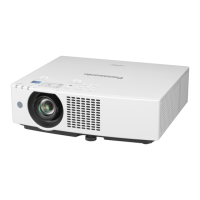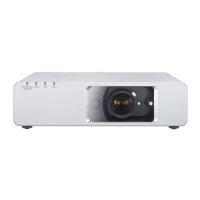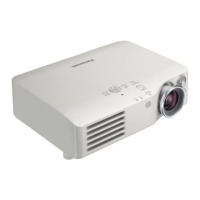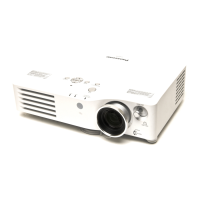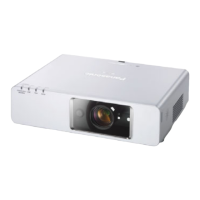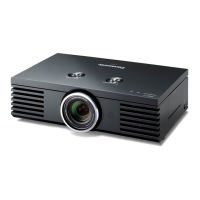Operating Instructions
Functional Manual
LCD Projector
Commercial Use
Thank you for purchasing this Panasonic product.
■ This manual is common to all the models regardless of sufxes of the Model No.
z
for India
D: White model
z
for Taiwan
T: White model
z
for other countries or regions
With B: Black model (PT-VMZ71B and PT-VMZ61B only) Without B: White model
■ Before operating this product, please read the instructions carefully, and save this manual for
future use.
■ Before using your projector, be sure to read “Read this rst!” (
Æ
pages 4 to 15).
Model No.
PT-VMZ71 PT-VMZ61
PT-VMZ51 PT-VMZ51S
PT-VMZ41 PT-VMW61
PT-VMW51
ENGLISH
DPQP1388ZB/X1
The remote control differs depending on
projector models.
